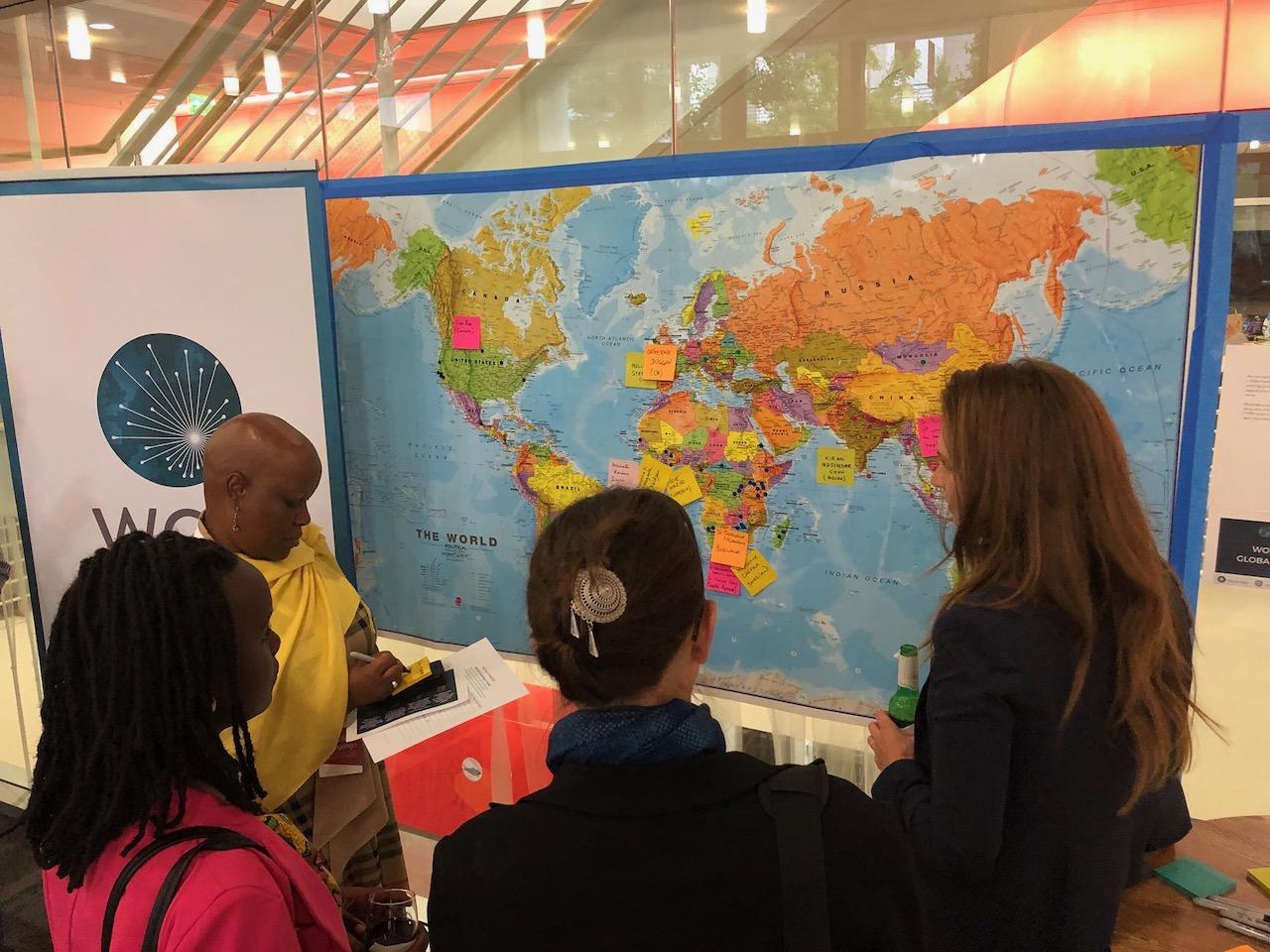If your organization is expanding its international reach, taking time for doing the due diligence to explore and understand new environments is crucial. First steps to take include clearly articulating with your board and senior leadership why you want to engage with a particular country or region and what you are trying to accomplish. Once the answer to these questions are clear, developing a criteria for identifying or determining if a particular area of the world is aligned with your goals is an important next step.
There is a range of steps you can take to conduct your due diligence depending on your goals, resources and other contextual issues. These range from basic research using secondary sources; to using a core group of members or partners you may already have in a country/region who can serve as your guides and champions; to a ‘deeper dive’ if a larger commitment is going to be made. The deeper dive may include allocating a longer period of time and appropriate resources to understanding the cultural and other nuances of your target geographic areas and developing local partnerships.
There are certain aspects of this process that are applicable to all outreach and some that are specific to programs, vis a vis chapters (or other types of membership structures). Some issues to consider are:
General
- Customization: A major challenge is often finding the balance between what needs to be standardized (i.e. done the same everywhere), and what can be customized locally, or in other words, what is core and what can be adapted? The historic approach to scale up focused on trying to transfer most of what worked in one place somewhere else. We are now seeing that minimizing what needs to be core (or standard) to only those things which keep the integrity of the idea or program, and allowing for maximum local customization, will make the reiteration more sustainable.
- Quality over quantity – Take a ‘slow and steady’ approach – don’t try to expand too quickly. You may want to start with one or two ‘pilot projects’ that you can learn from before adding more. It is always easier to adjust in the early stages, than have to make major changes or end a local presence later on.
- Communication – Make sure you have good communication structures, use them regularly and maintain them. Much can go wrong and misunderstandings often arise due to lack of communication. And as above, if you are aware of challenges early on, they are easier to adjust initially than once they continue or grow.
Programs
- Context – Instead of starting with the approach that something worked well in one place, label it a ‘best practice’ and look for ways to scale it, start first with an analysis of why it worked well in a particular location/context and try to identify what aspects might be replicable (and what might not).
- Partnerships/Collaborations – For something to successfully transfer from one location to another, and be sustainable over time, it needs to work in partnership from the very beginning with those in the area we might hope to transfer it to. History is littered with good ideas and ‘best practices’ that have not been sustained when this step of working closely with partners – in a co-creative, not just token approach – is skipped or minimized.
Chapters
Some of the areas to explore when considering where local chapters will be viable include:
- Stable political environment, or awareness of political challenges and willingness to work with these.
- Economic environment and financial options for the chapter.
- Legal environment vis a vis copyright and other potential issues (having a legal advisor who has international experience as well as knowledge of potential target areas is very helpful).
- Local members familiar with the organization who can take the lead locally to help create a chapter.
- Other local organizations that can be partners.
- Available and interested pool of potential members.
- Language and cross-cultural capacities and communication structures to have strong communication with your local leaders.
Experiences in Developing a Criteria
One membership organization I worked with, the American College of Cardiology, developed a very detailed criteria to decide where to pursue chapters. This criteria included working closely with local members and national societies where they existed and taking a very collaborative approach. Some of the questions they developed in doing their assessment of countries where they were considering new chapters included: 1) Current activities/members in the country? 2) Opportunities for knowledge exchange? 3) Benefits to the organization as a whole and/or members in other parts of the world? 4) Resources needed? 5) Other benefits and challenges? A decade later, they now have a strong international presence and over 35 chapters
The Accountability Lab is an organization with programs currently in six countries which approaches their growth very strategically. Here are the key factors they consider in selecting locations:
They use a matrix to see if initial target countries appear to have alignment with these factors, and then spend time in the country networking and doing a ‘deep dive’ before making a commitment. They also use this matrix to decide if a country is not the right match for their efforts at the current time.
Hopefully this summary will provide some useful guidance or reminders for you. And remember, strategic growth takes time and due diligence. If you want your efforts to be sustainable, have a strong process and don’t try to rush it!
Bonnie Koenig, October 2018
